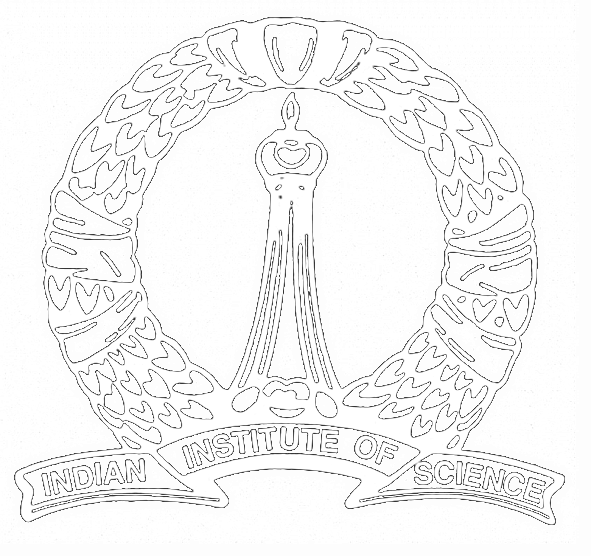Number Theory Seminar
Title: Differential Characters of Anderson Modules and $z$-Isocrystals
Speaker: Arnab Saha (IIT Gandhinagar)
Date: 12 November 2021
Time: 2 pm
Venue: Microsoft Teams (Online)
The theory of $\delta$-geometry was developed by A. Buium based on the analogy with differential algebra where the analogue of a differential operator is played by a $\pi$-derivation $\delta$. A $\pi$-derivation $\delta$ arises from the $\pi$-typical Witt vectors and naturally associates with a lift of Frobenius $\phi$. In this talk, we will discuss the theory of $\delta$-geometry for Anderson modules. Anderson modules are higher dimensional generalizations of Drinfeld modules.
As an application of the above, we will construct a canonical $z$-isocrystal $\mathbb{H}(E)$ with a Hodge- Pink structure associated to an Anderson module $E$ defined over a $\pi$-adically complete ring $R$ with a fixed $\pi$-derivation $\delta$ on it. Depending on a $\delta$-modular parameter, we show that the $z$-isocrystal $\mathbb{H}(E)$ is weakly admissible in the case of Drinfeld modules of rank $2$. Hence, by the analogue of Fontaine’s mysterious functor in the positive characteristic case (as constructed by Hartl), one associates a Galois representation to such an $\mathbb{H}(E)$. The relation of our construction with the usual Galois representation arising from the Tate module of $E$ is currently not clear. This is a joint work with Sudip Pandit.
- All seminars.
- Seminars for 2021
